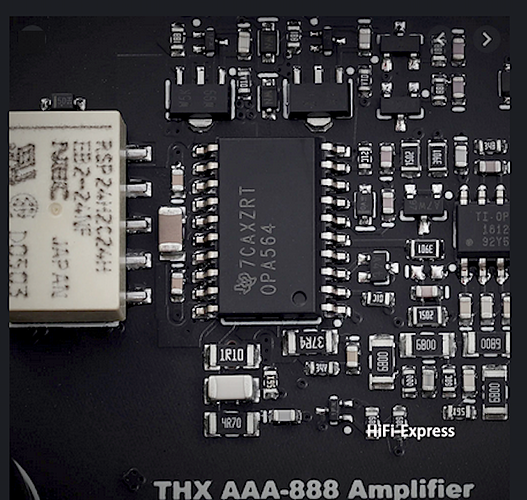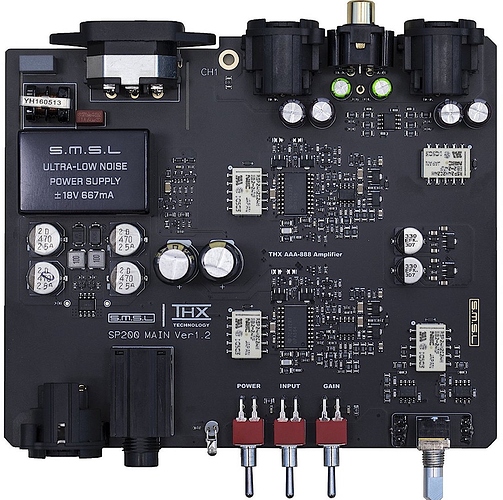Does this help?
I think we’re oversimplifying things here a bit.
Feedback as far as my limited understanding goes accomplishes basically 2 things for an amp. Noise reduction, since you feeding back some part of the noise introduced by the amplifier back, and reduction in the output impedance.
The reduction in noise is possibly the most interesting part, because it removes 2nd harmonic noise introduced by the circuit, and that’s often considered to make an amplifier more pleasing to listen to.
Feedback in most audio amplifiers is often local (around a single amp section) AND global (around several sections).
There seems to be a fair amount of debate in the audio amp design community, as to how much feedback and of what sort is the right way to go. That seems to range from feedback good to amps should not have any feedback.
Interestingly the no feedback camp seem to be at the higher end of the spectrum, where they can reduce the noise by spending more on component quality, and The PSU.
I saw an interview with Nelson Pass who had a somewhat more pragmatic view point than most I’ve seen, his view was to use it to tweak an already good circuit rather than trying to fix a bad one with it.
The THX AAA is supposed to be a feed-forwards design, but that’s not unique it’s been used in audio amps (albeit less frequently) since at least the 80’s.
It helps, but I need it to extend further to the right.
Apart from that, very good photo.
Not realy. The first photo you posted has the section in question in very crisp detail. The global shot is as good as the one I have myself (and is clear as mud when you zoom in).
Local feedback is standard. Not just because everyone just does it, but because it helps the circuit correct itself. Even then, you need to keep traces for feedback as short as possible and resistors as close to the input pins as possible. Else you have stray capacitance (causing oscillation) or pick up interference.
Global feedback is an entirely different beast and IMO not adviseable for audio applications due to the immense frequency spectrum.
Negative feedback resistors
The way I learned it, Vout = Vin * (R2 / R1) with R1 being input resistance and R2 being feedback resistance. R1 and R2 should be as close as possible to the Op-Amps Vin- pin.
Vin is line level, Vout is what the headphone or following stage gets.
“No feedback” only works when either the user sets a range (which will be fairly limited) or the control circuit can aquire some info about the load (making it a feed back IMO).
There are a lot of “Zero” feedback amp designs in the multi thousand dollar amps. You’ll commonly see even SS amps with 0.1% distortion or worse, and output impedances in the 1 Ohm range.
They’re all discrete designs of course.
Half the first watt stuff is 0 feedback.
Seems to be a philosophical point for some audio amp designers.
I guess it’s similar to the push/pull vs SE thing, push/pull eliminates any noise introduced by a PSU, but it also eliminates 2nd harmonic distortion, which is sometimes considered a bad thing.
Yeah, that’s another… audiophile problem, lol.
(Really interesting, though!)
(He says, while listening to music going through a tube buffer.)
In control theory we call that proportional controllers. Normally the Class A - D designs off hand all do not use feedback in the designs. With op amps, you MUST use feedback loops. It’s just inherent in their design and operation (for analog signals).
In reply to the question this thread raised:
Drop + THX AAA ONE Linear Amplifier
Yup.
As long as they don’t just shoot themselves in the foot by selling it 200$ lol.
This didn’t age well
149$ for the preorder at least. Overpriced for some, endgame for others. 
Sure thing is, here, the consensus appears to be “don’t buy THX if you have 500$+ headphones, you’ll just waste your money”.

